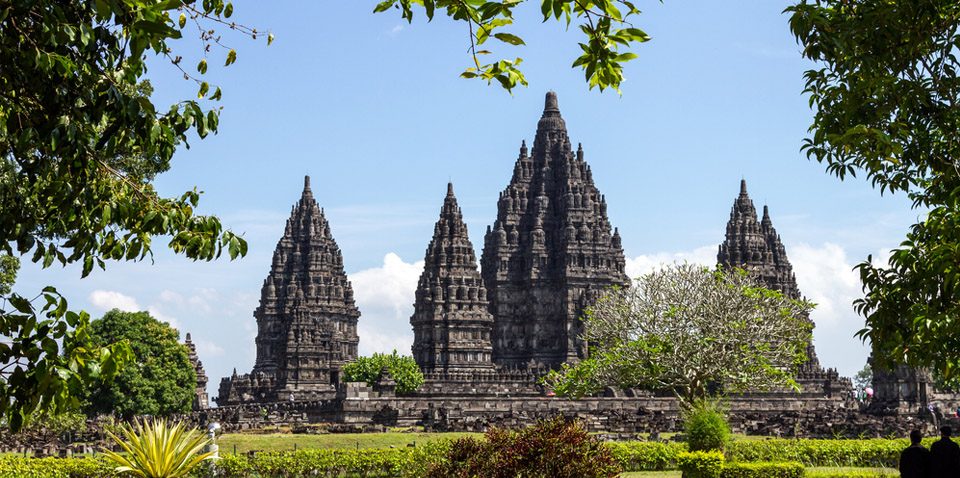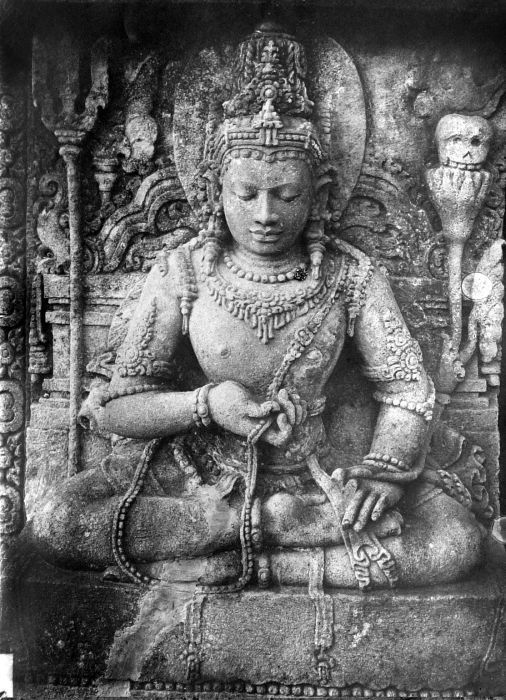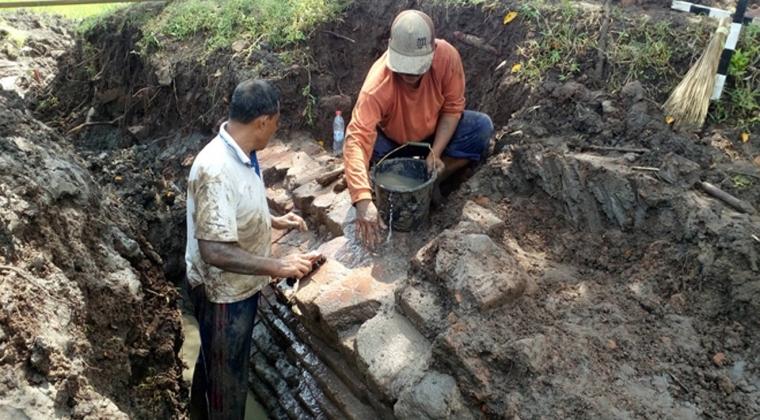
Photo: thejakartapost
Jawa is an Indonesian island that happens to be one of the most densely populated islands in the entire world, with an estimated population of 145 million. Most of Indonesia’s rich history has taken place there. It’s been at the center of the powerful Hindu-Buddist empires that once ruled the lands.

Candi Prambanan Hindu temple compound in Central Java
Photo: dodaholiday
It’s been reported that construction workers have uncovered a small stone container with 22 inscribed small gold plates within it. One of the workers said that it resembled a jewelry box that had been made out of stone. It was determined by the Central Java Heritage Conservation Agency that each one of the plates was made out of solid 18 carat gold that could potentially date back to the 8th century.

Devata Lokapala
Photo: wiki
Each one of the plates was inscribed in an ancient Jawanese language with the names of cardinal and ordinal directions of Dewa Lokapala’s wind gods. Dewas, which have also been referred to as Devatas, are Hindu deities that control certain aspects of humanity and nature. The Devata Lokapala are Guardians of the Directions and overseers of the four cardinal points, North, South, East and West as well as the ordinal points, Northeast, Southeast, Northwest, Southwest. You will most often see paintings or carvings of the Guardians in Hindu temples.
It turns out that earlier this year another discovery was made at the same construction site where workers found remains of a “candi”, which is the Indonesian word for a Buddhist or Hindu temple. Archeologists were able to use the volcanic rock and structure of the temple to indicate that it was most likely from the 9th century. When building these temples it was common to place metal plates inscribed with different prayers and incantations in order to bless the temples.
So even though archaeologists haven’t fully gone through the dating process to confirm these gold plates are from the 8th century specifically, they are making an educated assumption that it’s going to be based on other discoveries in the area. No numeric value was placed on the gold, although it’s safe to say it’s going to be worth a lot more than just the weight of the gold by itself.


